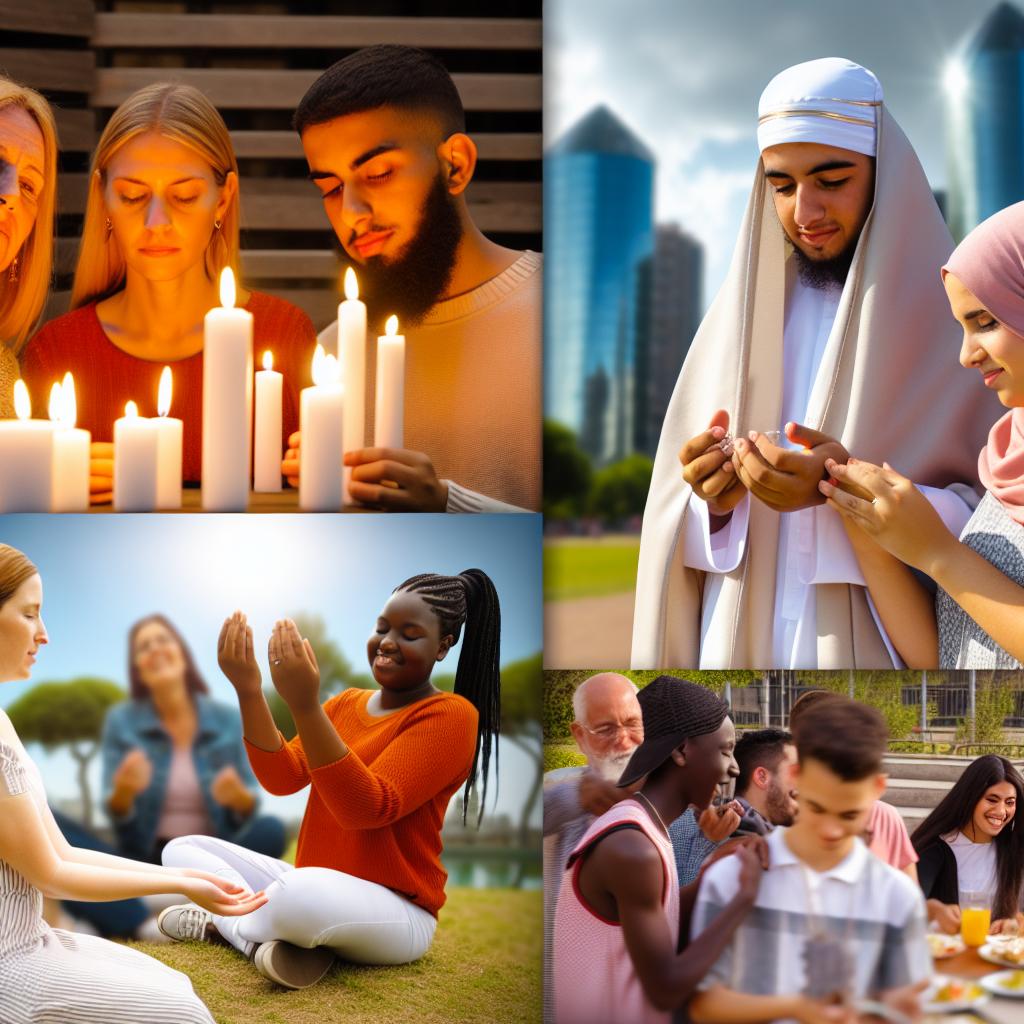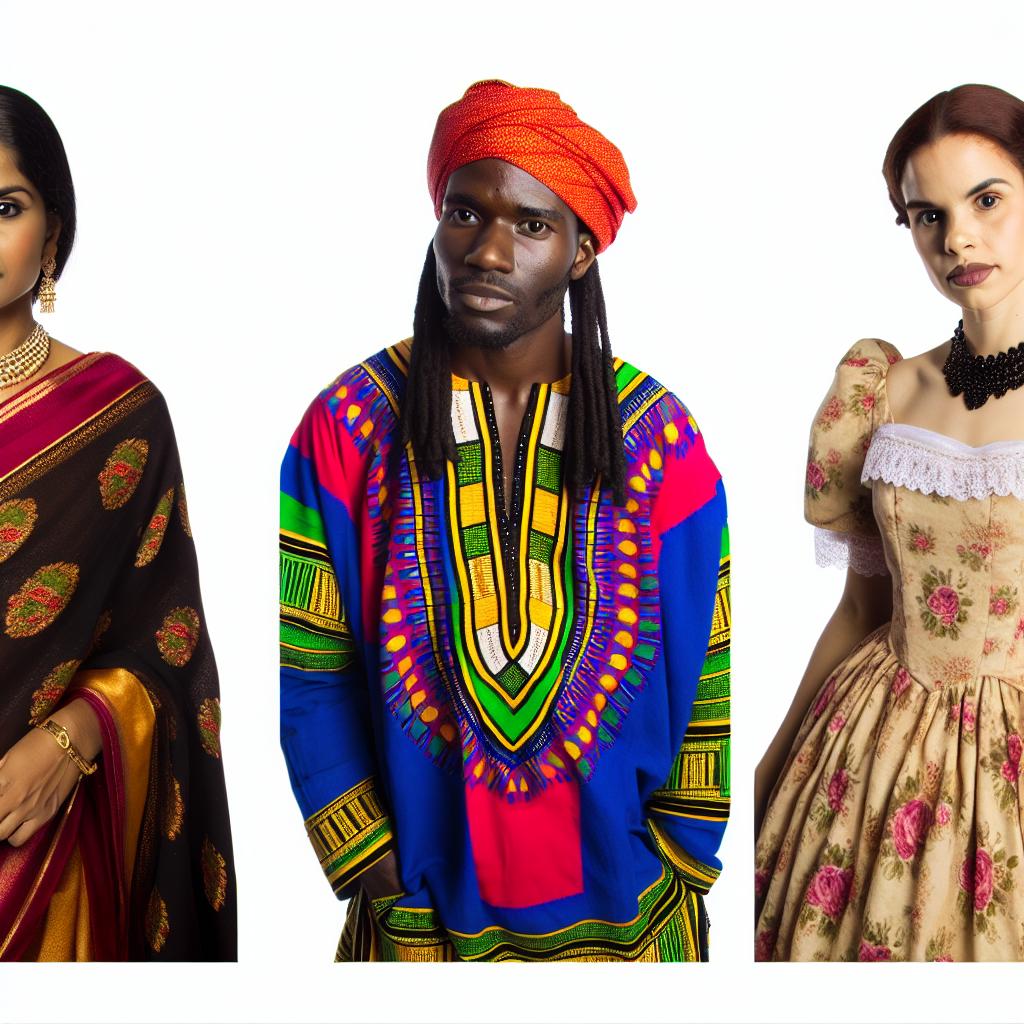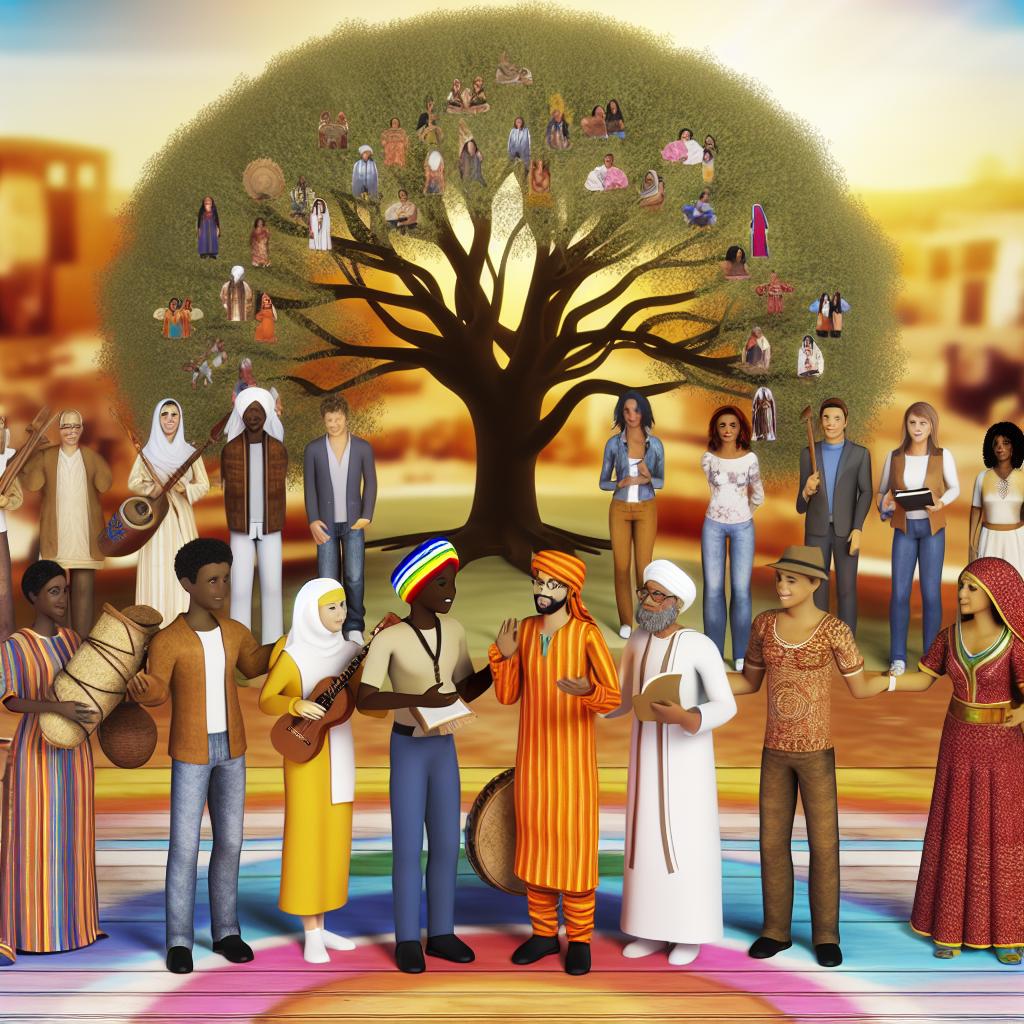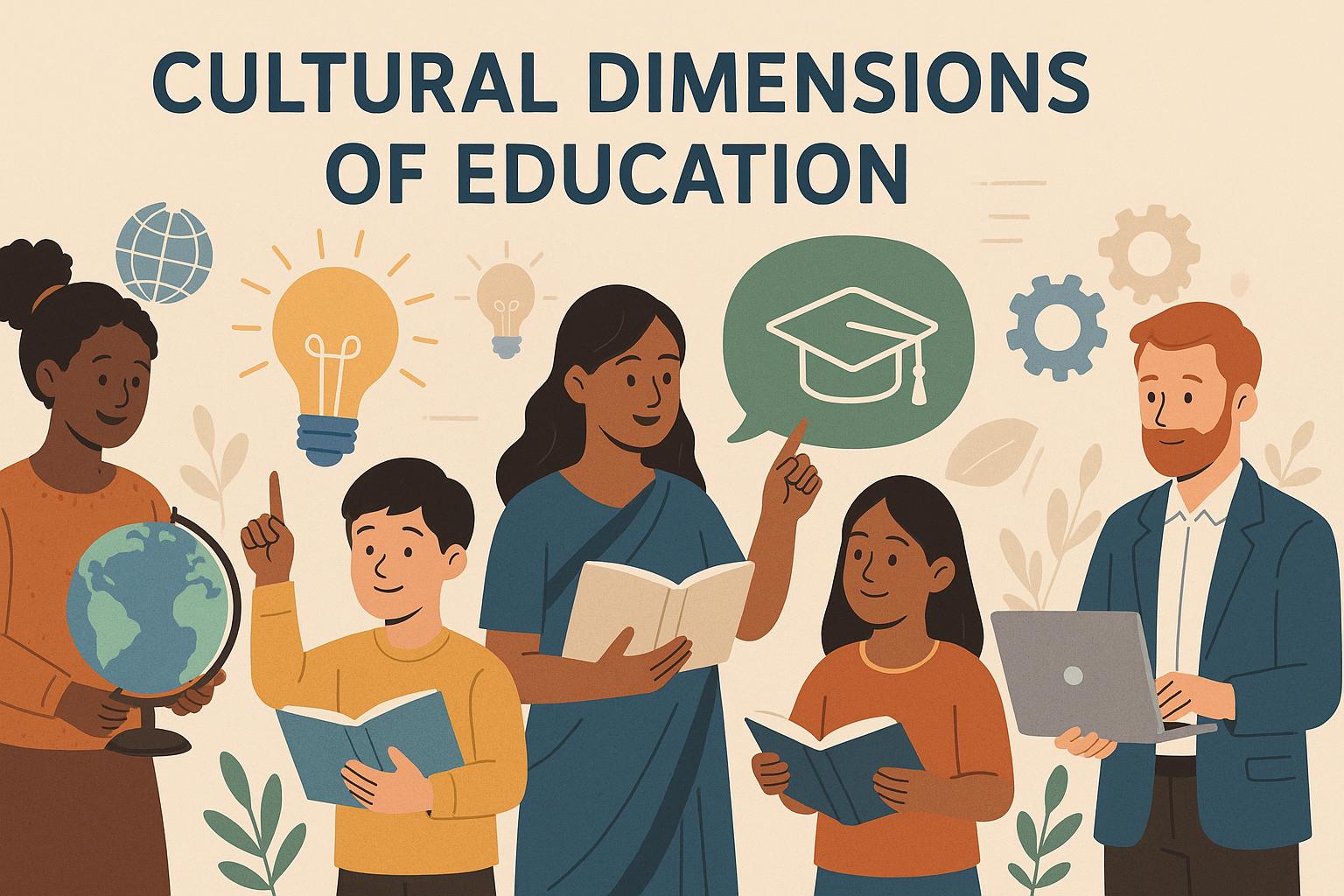Introduction to Rituals and Traditions
Rituals and traditions have served as vital components of human society throughout history. These practices play a crucial role in expressing belief systems, maintaining community coherence, and upholding cultural values. Even as societal norms and technology rapidly evolve, rituals and traditions continue to hold a significant place in contemporary culture. This article delves into the importance and transformation of rituals and traditions in today’s world, highlighting their enduring relevance and the ways in which they adapt to modern contexts.
The Role of Rituals in Modern Society
Rituals in modern society are not mere remnants of the past; they are dynamic practices that serve multiple functions at individual, social, and cultural levels.
Social Cohesion: One of the primary roles of rituals is fostering social cohesion. By participating in rituals, individuals find a sense of belonging and identity. Rituals act as markers of shared values and facilitate social bonding. They are significant during notable life events such as weddings, funerals, or cultural celebrations where communal participation reinforces ties among members. These events bring people together, fostering a sense of unity and shared purpose.
Personal Milestones: In addition to social cohesion, rituals revolve around personal milestones. Celebrations of achievements and life transitions, including graduations, birthdays, and weddings, are marked by rituals that allow individuals to reflect on personal journeys and growth. Such practices offer an opportunity for individuals to pause and contemplate their life stages, accomplishments, and future directions, all while being embraced by the support of family and friends.
Reinforcing Values: Rituals also serve the essential function of reinforcing societal values and norms. Participation in rituals is a declaration of allegiance to the cultural principles that shape and guide a community. Individuals reaffirm these core values through repetition and reinforcement, contributing to the continuity of the cultural ethos.
Traditional Practices Adjusting to Modern Contexts
While traditional practices are honored for their historical value, they are not static. Instead, they exhibit an admirable ability to adapt to contemporary life while holding on to their original significance. These adjustments ensure that traditions remain accessible, engaging, and meaningful for new generations.
For instance, the practice of family gatherings for cultural festivals may be adapted to fit smaller, nuclear family settings or shorter, more manageable time commitments due to busy modern schedules. This evolution allows vital traditions to remain alive and relevant, ensuring their transmission across generations.
Adaptation of Religious Rituals
The adaptation of religious rituals in response to modern societal changes reflects the same dynamic flexibility observed in cultural traditions. As society evolves, religious observances must also transform to remain meaningful.
A pertinent example is the incorporation of modern technology in religious practices. Many religious communities have embraced technology to facilitate wider participation through virtual ceremonies and services. Virtual participation allows individuals from geographically dispersed locations to engage collectively in worship. This ensures that the essence and communal experience of religious observances are preserved despite physical barriers.
The Influence of Technology and Globalization
The influence of technology and globalization cannot be overstated when considering the transformation and adaptation of rituals and traditions.
Technology’s Role: In today’s digital era, technology plays a substantial role in reshaping how traditions are practiced and shared. Social media platforms and instant communication technologies enable individuals to participate in rituals and cultural events, regardless of physical distance. This connectivity expands the reach of rituals beyond local communities, creating a global sphere of shared practices.
Globalization: Globalization has brought about an unprecedented level of cultural interaction and exchange. As cultures intersect, there is a blending of traditions, leading to the adoption or adaptation of certain rituals across different societies. This cross-cultural exchange results in a hybridization of practices, creating a blend of old and new that enriches cultural diversity. Traditional practices are infused with new elements from different cultures, fostering global cultural awareness and mutual appreciation.
Conclusion: The Importance of Preserving Traditions
The preservation of rituals and traditions is crucial, despite the changing dynamics of modern society. These practices provide a sense of continuity, serving as anchors to cultural identity and offering insights into historical roots.
Appreciating the significance of rituals and traditions and adapting them thoughtfully to contemporary contexts ensures their continued relevance. The challenge lies in maintaining a delicate balance between tradition and innovation, allowing societies to preserve cultural practices while embracing change. By acknowledging the importance of these practices, nurturing their evolution, and ensuring they resonate with future generations, societies can safeguard these invaluable cultural legacies to endure harmoniously alongside modern life.



